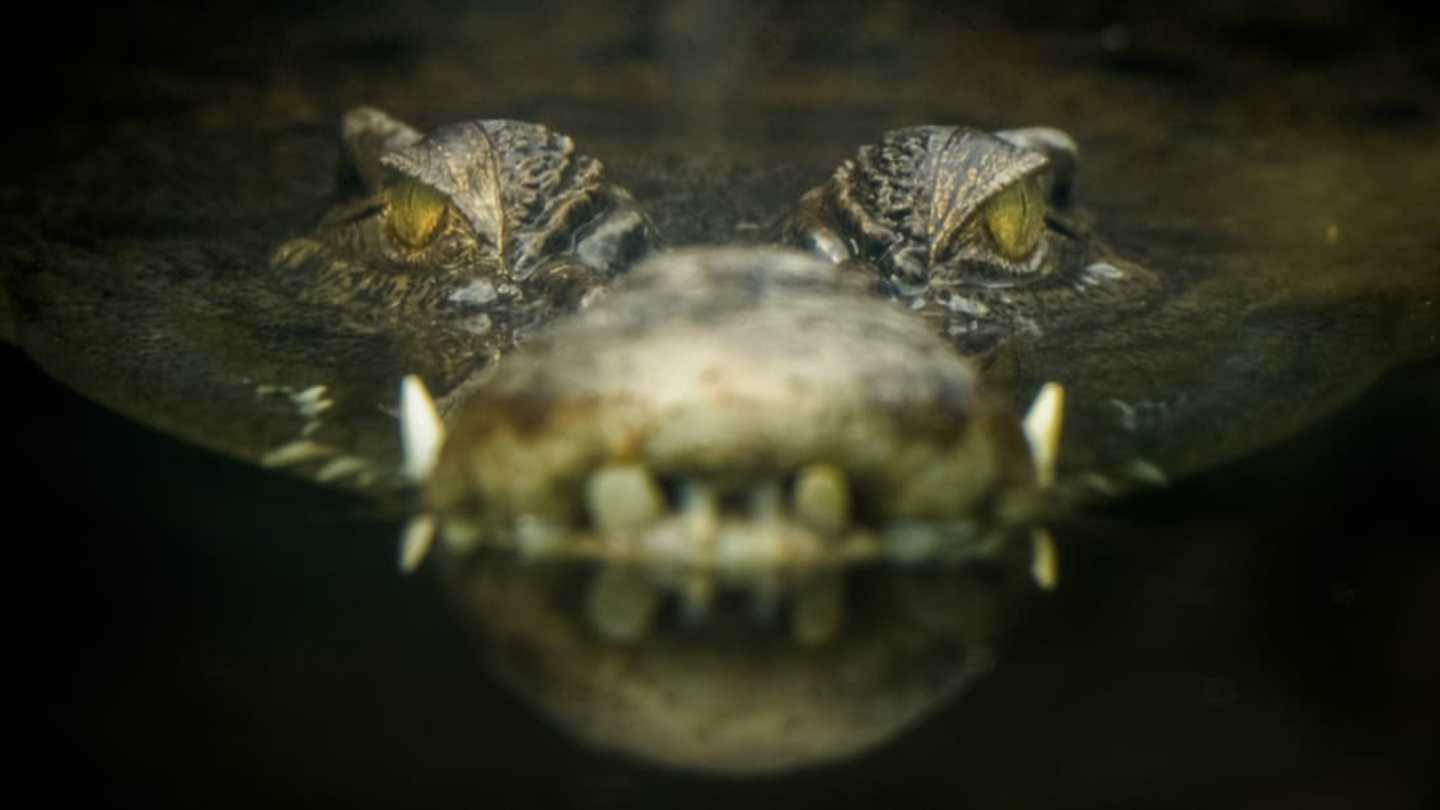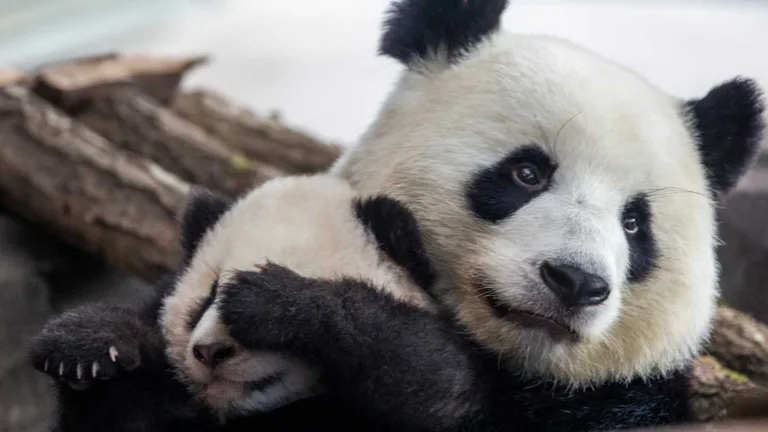Crocodilians – those ancient reptiles with their toothy grins and armored hides – have captured our imaginations for centuries. From the murky swamps of The American South to the sun-baked plains of Africa, these creatures evoke both awe and trepidation. But how much do we really Know About them?
A surprising number of Crocodile Myths persist, often stemming from misunderstanding or Hollywood’s penchant for exaggeration. We’ve all heard tales of lightning-fast reptiles that can outrun a racehorse on land and savage beasts with insatiable appetites. While crocodilians are undeniably formidable predators, the truth about them is often more nuanced and fascinating than these Popular Narratives Suggest.
This article embarks on a journey to shed light on the real Crocodilian World, debunking common myths and revealing the intricate lives of these remarkable animals. Get ready to discover the intelligence Beneath Those Cold Eyes, the complex social structures they inhabit, and the surprisingly tender side they reveal when caring for their young.
Busting Common Myths About Crocodilians
Let’s start with perhaps the most Enduring Myth: that crocodilians are land-Based Speed Demons. While they can certainly move quickly on land for short bursts, reaching speeds of up to 12 mph, this is far from a racehorse’s pace. In fact, most humans could easily outrun them Over Any Distance. Their true power lies in the water, where they become sleek and agile hunters, capable of exceeding 20 mph.
Another common misconception is that crocodilians are mindless beasts driven solely by instinct. In reality, these reptiles possess a remarkable level of intelligence. Studies have shown that they can Learn Complex Tasks, Remember Individual Humans, and even exhibit problem-Solving Skills. Some experts even believe that their social structures are more intricate than Previously Thought, with individuals displaying dominance hierarchies and Cooperative Behaviors.
 Weirdest Octopus Species: 7 Unique and Fascinating Creatures
Weirdest Octopus Species: 7 Unique and Fascinating CreaturesWhile the image of a mindless reptile devouring everything in its path is certainly captivating, it paints an incomplete picture. Crocodilians’ hunting strategies are often calculated and patient, relying on stealth and ambush rather Than Brute Force. They also exhibit surprising tenderness towards Their Young, Fiercely Protecting Them From Harm. Doubting these incredible creatures’ complexity? Think again!
The True Speed and Agility of Crocodiles
While those images of a crocodile snapping at your heels on land May Seem Terrifying, the truth is these ancient reptiles are much more impressive swimmers than runners. Imagine yourself in Florida, watching a gator bask under the sun – you might feel safe assuming it’s slow and sluggish. But when they hit the water, it’s a whole different story! They become streamlined predators capable of Reaching Speeds Over 20 mph.
Their bodies are perfectly adapted for this aquatic lifestyle. Powerful tails propel them through the water with incredible force, while webbed feet act like paddles, Giving Them Maximum Maneuverability. Even their eyes and nostrils are positioned high on their heads, allowing them to stay submerged with Only Those Vital Senses Exposed.
This combination of strength, agility, and stealth makes them formidable hunters in their watery domain. So while you might be able to outrun a crocodile on land, don’t even think about challenging them in the water!
Evolutionary Lineage and Distinctions from Lizards
Though they may share some superficial similarities with lizards, crocodilians belong to a distinct evolutionary Lineage Known As Archosaurs. This ancient group also includes dinosaurs and birds, highlighting the fascinating interconnectedness of life on Earth. So while both crocodilians and lizards are reptiles, their paths diverged millions of years ago, leading to the development of unique characteristics in each group.
Crocodiles and alligators, often mistaken for one another, actually represent two separate branches within the crocodilian family tree. They share a common ancestor but have evolved distinct features over time. For example, alligators typically have wider snouts with Rounded Teeth, while Crocodiles sport pointier snouts with More Visible Lower Teeth. These subtle differences reflect their adaptations to different environments and prey preferences.
Understanding their evolutionary history helps us appreciate the incredible diversity and resilience of these ancient creatures. They’ve not only survived for millions of years but continue to thrive in various habitats around the world, showcasing the power of adaptation and Natural Selection.
Crocodilian Intelligence and Social Behaviour
Many people picture crocodilians as simple, instinct-Driven Creatures, but the reality is far more complex and fascinating. These reptiles possess a surprising level of intelligence, capable of learning complex tasks and Even Remembering Individual Humans.
Studies have shown that crocodiles can be trained like dogs or cats, responding to commands and even playing games. They also exhibit problem-Solving Skills, figuring out how to open containers or escape from enclosures. This cognitive capacity suggests a deeper understanding of their environment and the ability to adapt their behavior accordingly.
Furthermore, Crocodilians Display Intricate Social Behaviors, Particularly Within Their Own Species. They establish dominance hierarchies, communicate through vocalizations and body language, and even cooperate during hunts or Territorial Defense. These social interactions demonstrate a level of awareness and emotional intelligence that challenges our preconceived notions about these Ancient Creatures.
Beyond Alligators: Unveiling Crocodile Diversity
When most people think of crocodilians, they picture alligators or Nile crocodiles. But the world of these ancient reptiles is far richer and more Diverse Than We Often Realize. Recent DNA analysis has revealed a surprising number of new species within the crocodile genus Crocodylus, particularly in Africa. These discoveries highlight the incredible adaptability and resilience of crocodilians, thriving in a variety of habitats across the continent.
Some of these newly identified species Exhibit Unique Physical Characteristics, Such As Distinct Coloration, Head Shape, or size variations. Others have adapted to specific ecological niches, developing specialized hunting techniques or feeding preferences. This newfound understanding of crocodile diversity underscores the importance of ongoing research and conservation efforts to protect these fascinating creatures and their habitats for Future Generations.
The world of crocodilians is constantly evolving, with new discoveries challenging our traditional perceptions and revealing the astonishing complexity of life on Earth.










